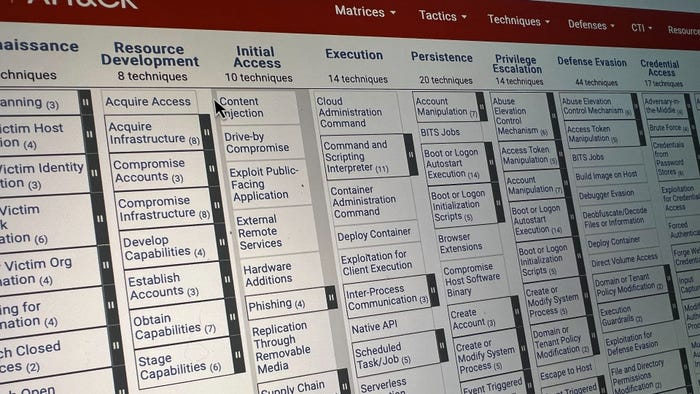Report: More Than 560,000 Websites Infected In Q4Report: More Than 560,000 Websites Infected In Q4
Web attacks get stealthier and more efficient; 5.5 million Web pages discovered to be infected

A total of 5.5 million Web pages on more than 560,000 Websites were infected in the fourth quarter, according to new data, with evidence that attackers are waging less noticeable exploits in order to remain under the radar.
Dasient, which compiled the data from its proprietary malware analysis tool that gathers information on malware attacks on Websites, says the fourth-quarter 2009 numbers are actually a slight decline from the third quarter, when it found more than 640,000 infected Websites and 5.8 million infected Web pages.
The decline, in part, could have to do with smarter, more sophisticated attacks: Infections of newly compromised Websites of 10 or more pages on average hit about 24 percent of the pages on those sites, a jump of 19 percent from Q3. The infections basically spread to more pages on each site in the fourth quarter, according to Dasient's report.
Another indication that attackers are launching stealthier and more efficient attacks is in the number of programs used in the attacks. "We uncovered evidence of attackers getting more sophisticated and stealthy with their Web-based malware attacks," says Neil Daswani, one of Dasient's co-founders. The average number of programs loaded onto a victim's machine from an infected Website was 2.8, while two years ago attackers would typically send a dozen or more malicious programs onto these machines, he says.
"With a large number of programs, the attack can become more noticeable," he says. "That said, attackers have optimized their attacks and made them more efficient such that, per our data, only two to three programs come down to make the attack less noticeable and more targeted."
That would mean a downloader and maybe one or two pieces of malware, according to the report.
Daswani says another surprising finding was that static Web pages represented a large chunk of the infected Web pages -- 40 percent -- while dynamic Web applications and pages accounted for 55 percent of the infected URLs. "[That] means that static Web pages getting infected are quite significant -- more than one might expect," he says. "As things like stolen FTP credentials and malvertising can be used to infect both static and dynamic pages, an approach in which Webmasters defend only their dynamic pages is likely to fall short and potentially result in infections." The rate of Websites getting reinfected within three months was 42 percent in the fourth quarter, compared with 39 percent in the third quarter, according to Dasient's findings.
Have a comment on this story? Please click "Discuss" below. If you'd like to contact Dark Reading's editors directly, send us a message.
Read more about:
2010About the Author
You May Also Like
Uncovering Threats to Your Mainframe & How to Keep Host Access Secure
Feb 13, 2025Securing the Remote Workforce
Feb 20, 2025Emerging Technologies and Their Impact on CISO Strategies
Feb 25, 2025How CISOs Navigate the Regulatory and Compliance Maze
Feb 26, 2025Where Does Outsourcing Make Sense for Your Organization?
Feb 27, 2025




